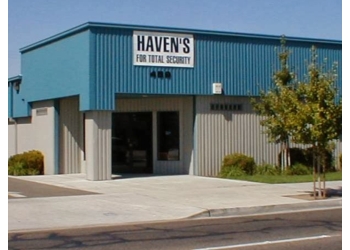

By 1910, Coalinga Oil Field, the largest field in Fresno County, was the most richly productive oil field in California a dramatic oil gusher in 1909, the biggest in California up until that time, was an event of sufficient excitement to cause the Los Angeles Stock Exchange to close for a day so that its members could come by train to view it. The discovery of oil in the western part of the county, near the town of Coalinga at the foot of the Coast Ranges, brought about an economic boom in the 1900s (decade), even though the field itself was known at least as early as the 1860s.

In more recent times cotton became a major crop in Fresno and the southern San Joaquin Valley, but recent drought and lower demand have lessened cotton's importance to the local economy. These and other citizens laid the groundwork for the cultivation of Fresno County – now one of the nation's leading agricultural regions. Easterby and Clovis Cole (aka the "Wheat King of the Nation") developed extensive grain and cattle ranches. Francis Eisen, leader of the wine industry in Fresno County, also began the raisin industry in 1875, when he accidentally let some of his grapes dry on the vine. These canals allowed extensive cultivation of wheat. Moses Church developed the first canals, called "Church Ditches," for irrigation. In 1882, the greatest of the early day fires wiped out an entire block of the city of Fresno, and was followed by another devastating blaze in 1883.Īt the same time residents brought irrigation, electricity, and extensive agriculture to the area. Floods caused immeasurable damage elsewhere and fires also plagued the settlers of Fresno County. The settling of Fresno County was not without its conflicts, land disputes, and other natural disasters. The original county seat was along the San Joaquin River in Millerton, but was moved to the rapidly growing town of Fresno on the newly built Southern Pacific Railroad line after a flood destroyed much of the town.

Parts of Fresno County's territory were given to Mono County in 1861 and to Madera County in 1893. Fresno is Spanish for "ash tree" and it was in recognition of the abundance of the shrubby local Ash, Fraxinus dipetala, growing along the San Joaquin River that it received its name. In 1846, this area became part of the United States as a result of the Mexican War.įresno County was formed in 1856 from parts of Mariposa, Merced and Tulare counties. The area now known as Fresno County was the traditional homeland of Yokuts and Mono peoples, and was later settled by Spaniards during a search for suitable mission sites.


 0 kommentar(er)
0 kommentar(er)
